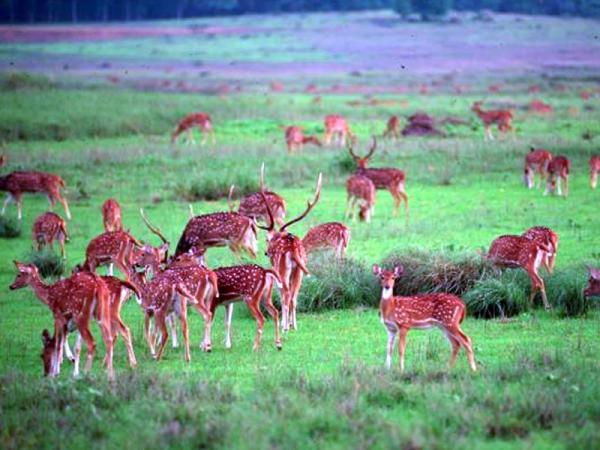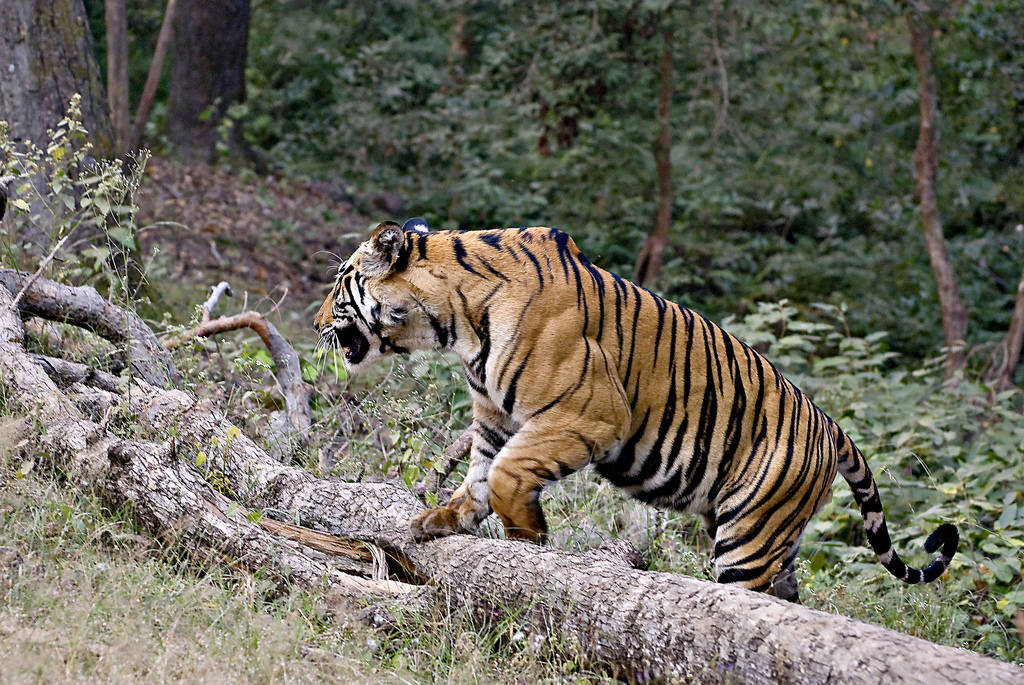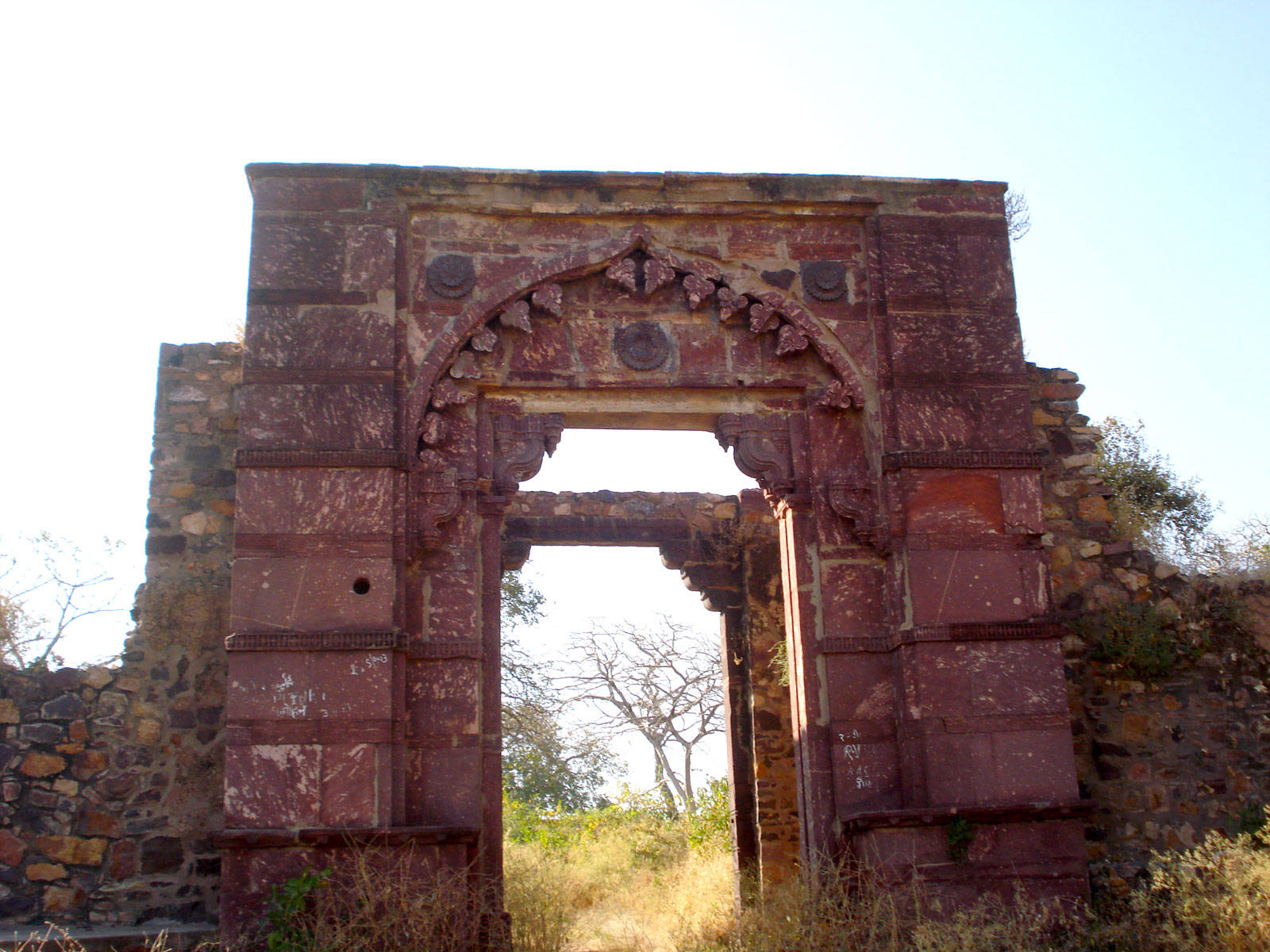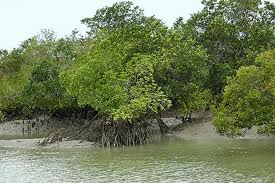AMAZING COUNTRIES


| Flora and fauna in Russia |
|
FLORA & FAUNA India has a very rich flora and fauna . It is estimated that there are over 500 species of mammals, 200 plus species of birds and about 30,000 species of insects. In addition to the above, there are hundreds of species of fish and reptiles.
Indian wild life comprises of the Asian elephant, the only lions outside Africa, the Royal Bengal Tiger, single horned Indian rhino, the wild buffalo (Indian Bison) many leopards and smaller cat species, large variety of deer, monkeys and wild goats. The reptile population includes a wide range of snakes, lizards and crocodiles. Birds range from the colorful peacocks and parrots to large stock of migrant water birds. Much of the fauna is protected by law. To protect wild life, India had setup 66 National Parks, 333 wild life Sanctuaries and 35 zoological gardens in the country. Indian flora has a great range of varieties from the coniferous to the ever green, from scrubs to deciduous forests and thick tropical jungles to cool temperate woods. The tropical forests in east are in contrast to the pine and coniferous woodland of the western Himalayas. The Himalayan foothills are dense with deciduous trees and shrubs, bamboos, fern and grass. The gangetic plain, the Deccan plateu of volcanic ancestry, the dense luxuriant forests of the Western Ghats - all provide fascinating variations in habitats.
|
|||||||||||||||
NATIONAL PARK There are over 80 national parks in India, spread all over the country. Some are larger and more accessible then others. Many people want to see the infamous tiger. The chance of spotting a tiger greatly depends on the size of the national park and the number of tigers, and is higher at some parks than others. These five parks are all very popular with visitors.
|
||||||||||||||||
Corbett National ParkIndia's first national park, Corbett was established in 1936 by legendary tiger hunter Jim Corbett. It's located in Uttarakhand, around three hours from Nainital and seven hours from Delhi. The park is a large one and has five zones. One zone, Jhirna, is open all year round. The rest of the park closes during the monsoon. |
||||||||||||||||
Kanha National Park Kanha National Park in Madhya Pradesh is rich in lush saal and bamboo forests, lakes, streams and open grasslands. This large park is well regarded for its research and conservation programs, and many endangered species have been saved there. As well as tigers, the park abounds with barasingha (swamp deer) and an extensive variety of other animals and birds. |
 |
|||||||||||||||
Bandhavgarh National Park Bandhavgarh National Park also in Madhya Pradesh, is best known for its spectacular setting, as well as having the highest concentration of tigers in any park in India. The park features dense green valleys and rocky hill terrain. This park offers the best chance of seeing tigers. Elephants are also available for tiger tracking and safaris. |
 |
|||||||||||||||
Ranthambore National Park Ranthambore National Park is a fascinating blend of history and nature. Inside the park is a formidable fort that was built in the 10th century and coveted by many rulers due to its strategic position between north and central India. It supports a diverse range of flora and fauna, including around 30 tigers. |
 |
|||||||||||||||
Sunderbans National Park Sunderbans is a magnificent tangle of mangrove jungle that's the only one of its kind in the world. It's spread over 54 islands and extends into neighboring Bangladesh. The Sundarbans is only accessible by boat. |
 |
|||||||||||||||


